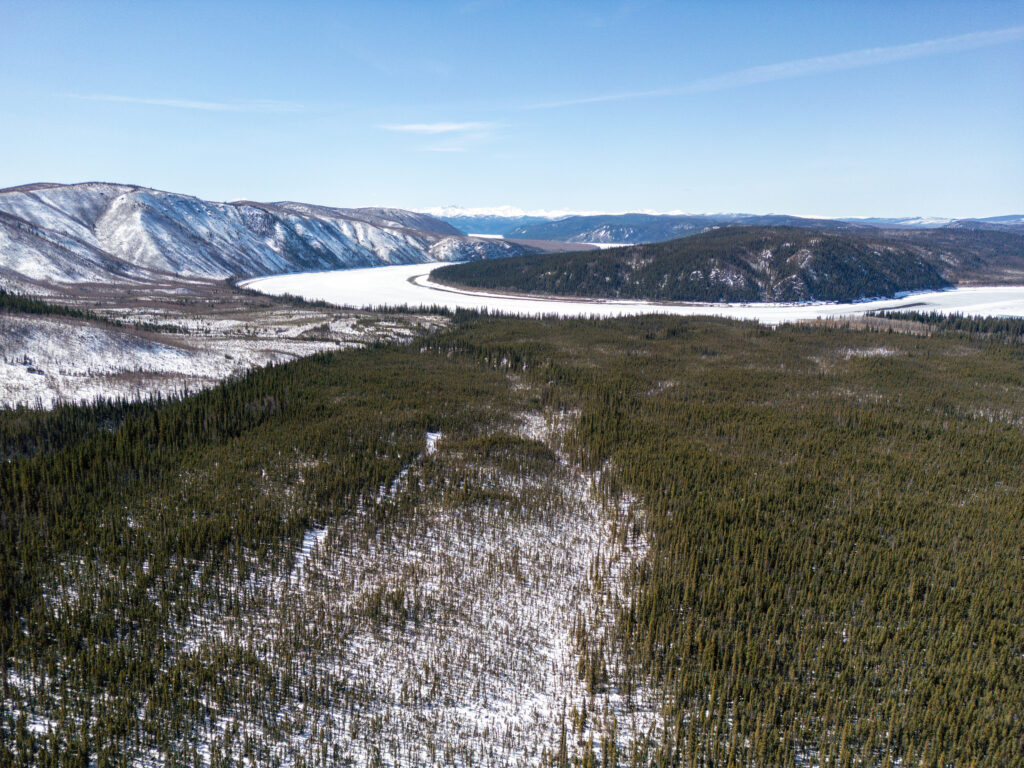After Trump Cut the National Science Foundation by 56 Percent, a Venerable Arctic Research Center Closes Its Doors

After nearly 40 years, the Arctic Research Consortium of the United States will close Sept. 30, a casualty of President Donald Trump’s proposed budget cuts and his administration’s focus on using the Arctic as an outpost for national security and energy dominance—and its push away from science.
As part of the overarching defunding of science after Trump took office, ARCUS’ major funder, the National Science Foundation, chose not to re-open a bid for a community hub project that would have continued to fund the nonprofit.
ARCUS had been trying to diversify its funding sources, but still received 93 percent of its funding—$1.7 million— from the NSF in fiscal year 2023, according to the nonprofit’s most recently available tax records.
While NSF is an independent federal agency, it relies on government funding to award grants to other organizations. It is also the lead agency responsible for implementing Arctic research policy. It is accepting input on the next five-year plan until Nov. 15.
In May, Trump released his budget request, which would cut NSF funding by 56 percent, from $9 billion to $3.9 billion. The request “reflects a strategic alignment of resources in a constrained fiscal environment in which NSF prioritizes investments that can have the greatest national impact,” an NSF spokesperson told Inside Climate News in an email.
The NSF spokesperson did not answer questions about the rationale for the cuts, how the money would be redirected and any connection between the reduction and the Trump administration’s national security plans for the Arctic region.
The U.S. House of Representatives is proposing a 23 percent decrease in NSF spending levels, while the Senate’s reductions are comparatively minimal, just 0.7 percent.
The ARCUS board recommended that the organization shut down, a move supported by the membership. “This decision to sunset ARCUS was not rash in any way,” said Audrey Taylor, its executive director, on a farewell call to supporters, scientists and media on Friday. “It was responsive to a number of things happening throughout the funding streams and throughout the federal government and the Arctic research community landscape writ large that have been going on for a number of years, but certainly came to a head in this last six months.”
Founded in 1988, ARCUS advanced Arctic research by connecting scientists, government agencies, Indigenous communities and nonprofits all over the world. Its dozens of projects included an Indigenous scholars program, the launch of the Sea Ice Prediction Network and an initiative to develop the prediction network’s sea ice forecast reports.
That research not only shed light on the effects of global climate change on sea ice, but provided crucial information for local subsistence hunters and businesses that relied on Alaskan shipping channels.
ARCUS, based in Fairbanks, Alaska, is closing at a critical time. Over the past several decades, federal data show Arctic air, ocean and land temperatures have increased at a rate more than twice the global average.
In May, the Interagency Arctic Research Policy Committee of the White House Office of Science and Technology Policy revised an implementation plan for the Arctic. Under the Biden administration, it had prioritized community resilience and health, hazard mitigation and sustainable economies and livelihoods, as well as the global climate impacts of a warming Arctic.
The Trump administration amended the list to prioritize community, economic, energy and military security. The changes mirror an executive order that Trump issued on his first day in office, “Unleashing Alaska’s Extraordinary Resource Potential,” that rescinded Biden-era energy regulations and replaced them with measures to fast-track fossil fuel drilling and exploration.
The melting of Arctic sea ice also allows other countries, particularly Russia and China, to more easily access the region. That could turn Alaska into a chessboard for international military maneuvers, whose value is measured by its geopolitical usefulness—similar to Hawaii and Guam.
“In the early days, anything we did in Arctic research had to be justified from the importance of why the Arctic was important to the Lower 48,” Larry Hinzman said on the farewell call. He is the former assistant director for polar sciences and the executive director for the Interagency Arctic Research Policy Committee in the White House from 2020 to 2024.
“ARCUS has really helped us change that perception and made the Arctic a presence in its own right,” Hinzman said. “I just can’t emphasize enough what an impact that ARCUS has had to the Arctic research community over the years, and actually to communities in the Arctic.”



